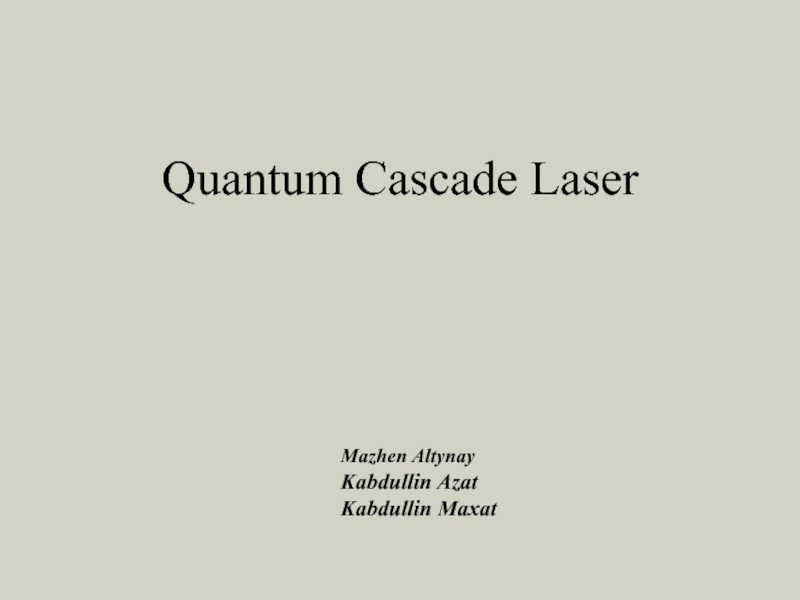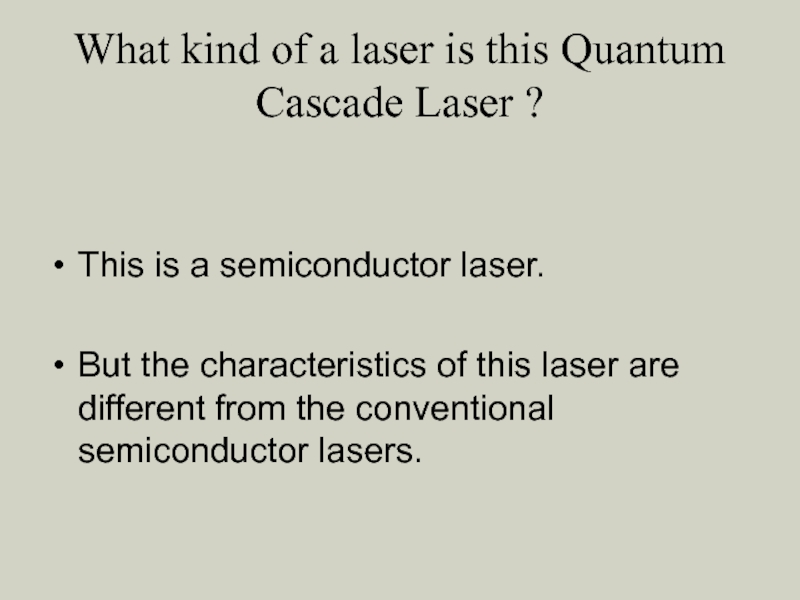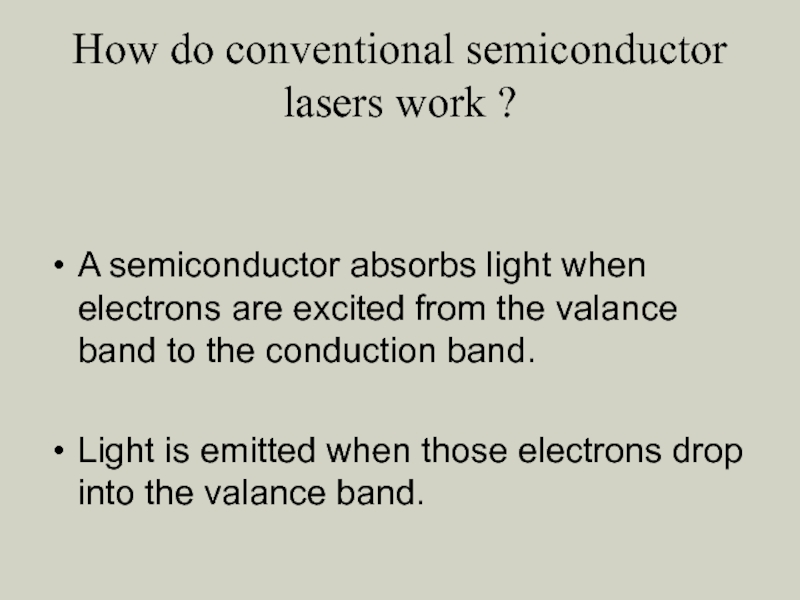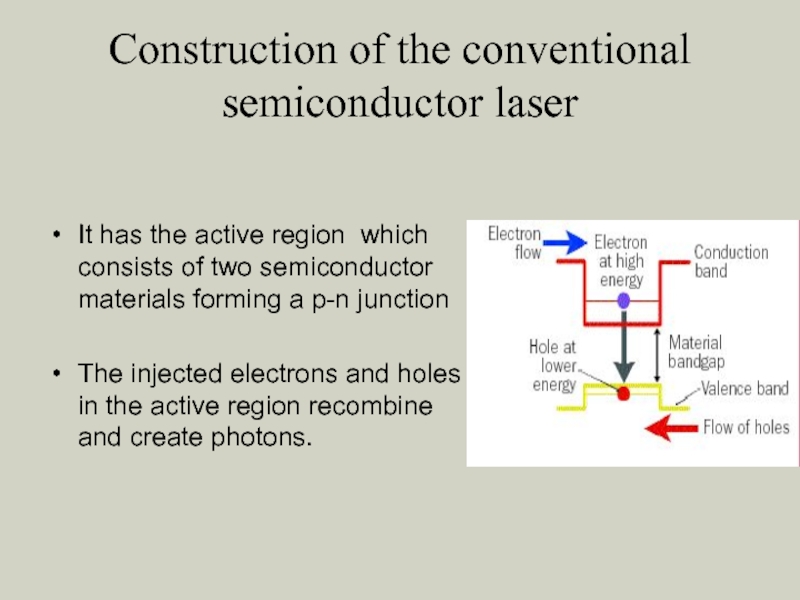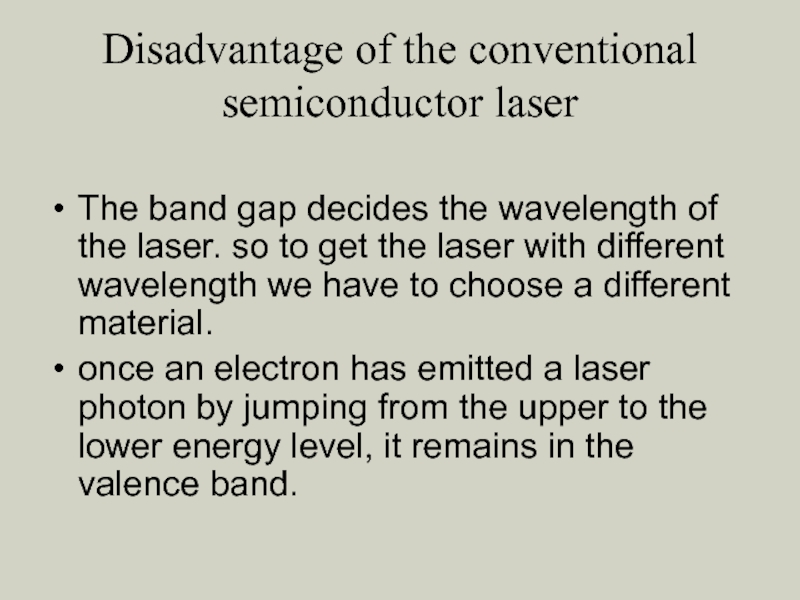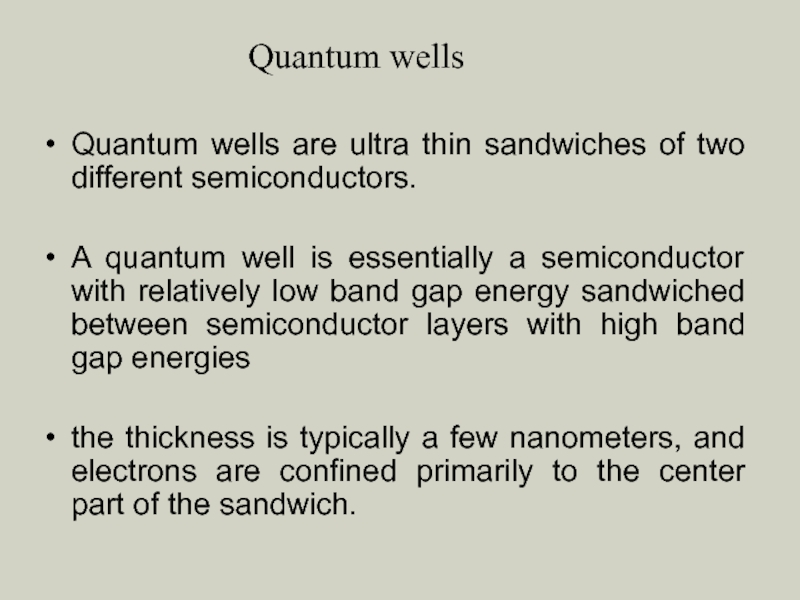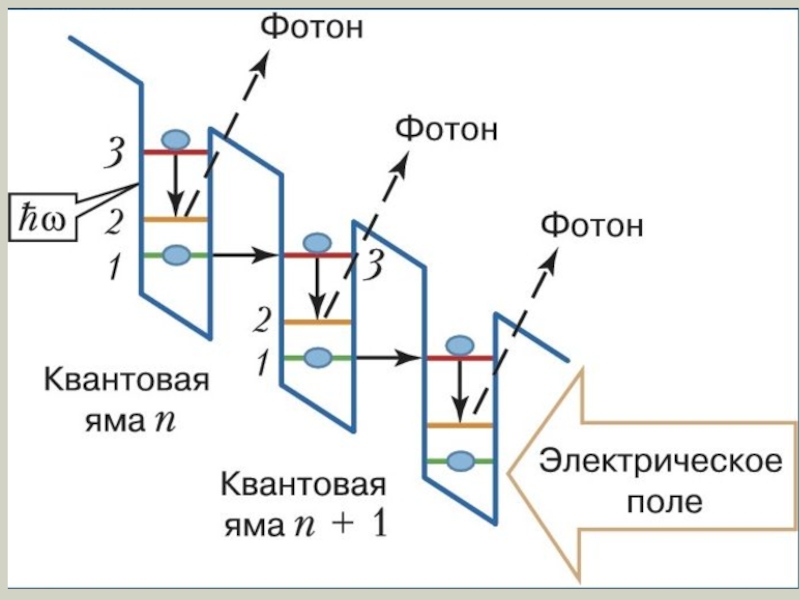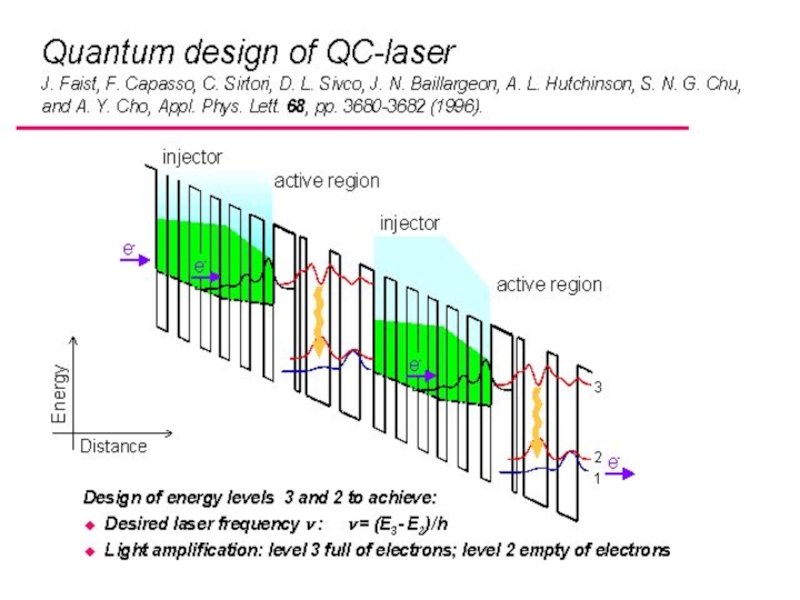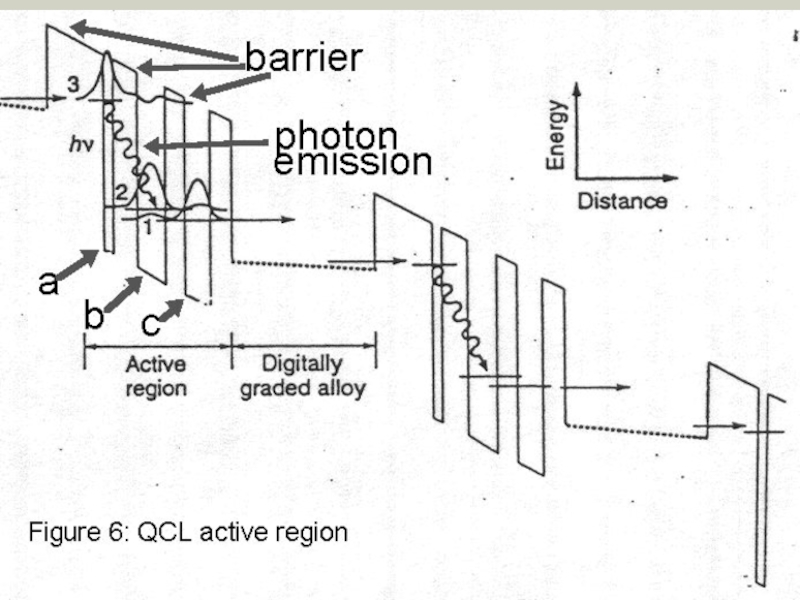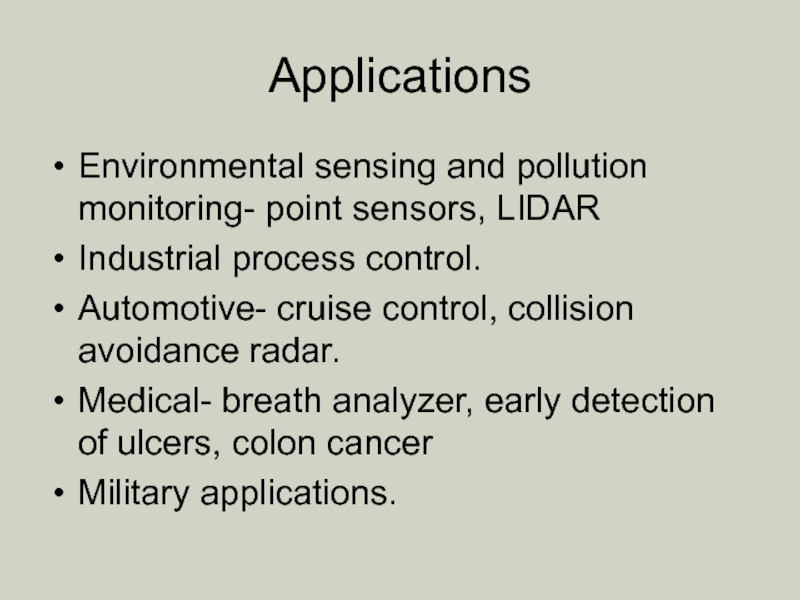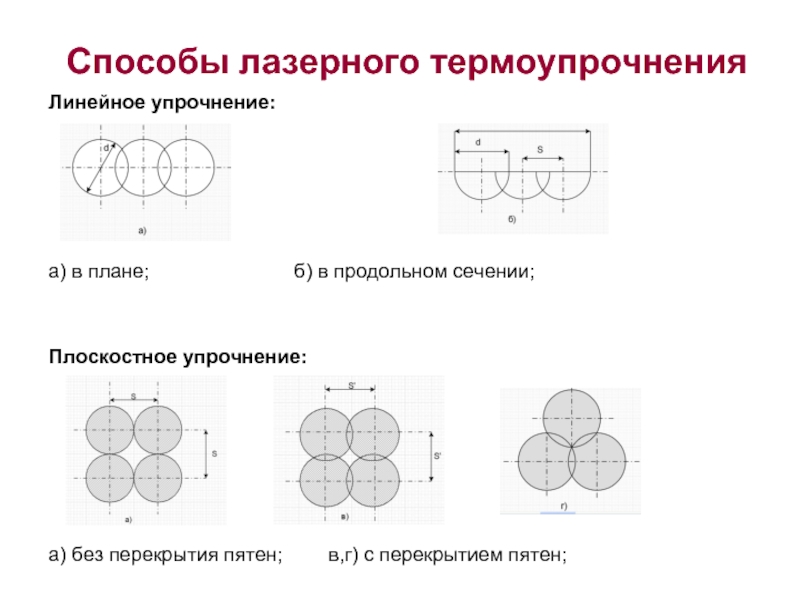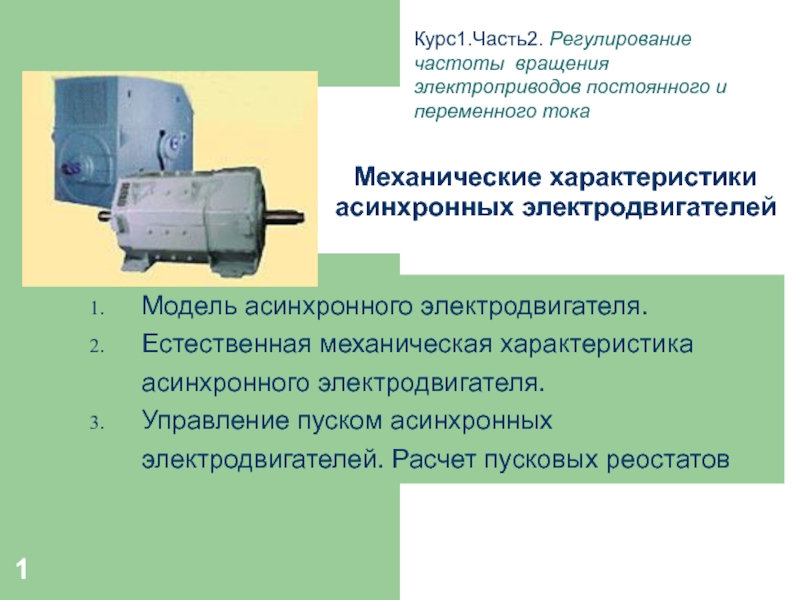- Главная
- Разное
- Дизайн
- Бизнес и предпринимательство
- Аналитика
- Образование
- Развлечения
- Красота и здоровье
- Финансы
- Государство
- Путешествия
- Спорт
- Недвижимость
- Армия
- Графика
- Культурология
- Еда и кулинария
- Лингвистика
- Английский язык
- Астрономия
- Алгебра
- Биология
- География
- Детские презентации
- Информатика
- История
- Литература
- Маркетинг
- Математика
- Медицина
- Менеджмент
- Музыка
- МХК
- Немецкий язык
- ОБЖ
- Обществознание
- Окружающий мир
- Педагогика
- Русский язык
- Технология
- Физика
- Философия
- Химия
- Шаблоны, картинки для презентаций
- Экология
- Экономика
- Юриспруденция
Quantum Cascade Laser презентация
Содержание
- 1. Quantum Cascade Laser
- 2. What kind of a laser is this
- 3. How do conventional semiconductor lasers work
- 4. Construction of the conventional semiconductor laser
- 5. Disadvantage of the conventional semiconductor laser
- 6. how quantum cascade laser differs ?
- 12. characteristics Wavelength determined by thickness rather then
- 16. Applications Environmental sensing and pollution monitoring- point
Слайд 2What kind of a laser is this Quantum Cascade Laser ?
This
is a semiconductor laser.
But the characteristics of this laser are different from the conventional semiconductor lasers.
But the characteristics of this laser are different from the conventional semiconductor lasers.
Слайд 3How do conventional semiconductor
lasers work ?
A semiconductor absorbs light when
electrons are excited from the valance band to the conduction band.
Light is emitted when those electrons drop into the valance band.
Light is emitted when those electrons drop into the valance band.
Слайд 4Construction of the conventional semiconductor laser
It has the active region which
consists of two semiconductor materials forming a p-n junction
The injected electrons and holes in the active region recombine and create photons.
The injected electrons and holes in the active region recombine and create photons.
Слайд 5Disadvantage of the conventional semiconductor laser
The band gap decides the wavelength
of the laser. so to get the laser with different wavelength we have to choose a different material.
once an electron has emitted a laser photon by jumping from the upper to the lower energy level, it remains in the valence band.
once an electron has emitted a laser photon by jumping from the upper to the lower energy level, it remains in the valence band.
Слайд 6how quantum cascade laser differs ?
QC lasers rely only on the
one type of carrier, they are the electrons.
So they are also called the unipolar lasers.
Photon emission therefore relies on intraband transitions between quantized conduction band states in coupled quantum wells.
So they are also called the unipolar lasers.
Photon emission therefore relies on intraband transitions between quantized conduction band states in coupled quantum wells.
Слайд 7
Quantum wells
Quantum wells are ultra thin sandwiches of two different semiconductors.
A quantum well is essentially a semiconductor with relatively low band gap energy sandwiched between semiconductor layers with high band gap energies
the thickness is typically a few nanometers, and electrons are confined primarily to the center part of the sandwich.
Quantum wells are ultra thin sandwiches of two different semiconductors.
A quantum well is essentially a semiconductor with relatively low band gap energy sandwiched between semiconductor layers with high band gap energies
the thickness is typically a few nanometers, and electrons are confined primarily to the center part of the sandwich.
Слайд 12characteristics
Wavelength determined by thickness rather then by the material.
All mid infrared
covered by the same material. This important spectral range has so far been accessible mainly with relatively unreliable and expensive lead salt based diode lasers.
Each electron creates N photons when it traverse N stage cascade structure.
High power lasers.
Low failure rate, robust fabrication and long life time.
Each electron creates N photons when it traverse N stage cascade structure.
High power lasers.
Low failure rate, robust fabrication and long life time.
Слайд 16Applications
Environmental sensing and pollution monitoring- point sensors, LIDAR
Industrial process control.
Automotive- cruise
control, collision avoidance radar.
Medical- breath analyzer, early detection of ulcers, colon cancer
Military applications.
Medical- breath analyzer, early detection of ulcers, colon cancer
Military applications.
